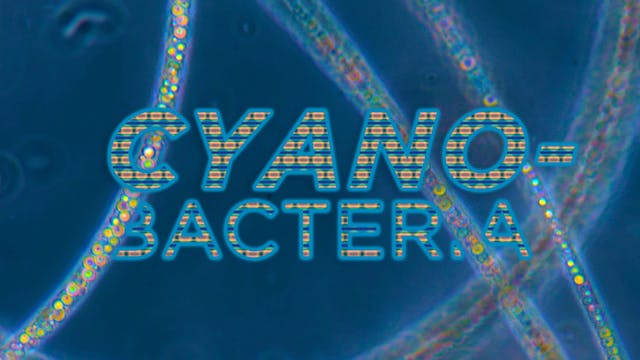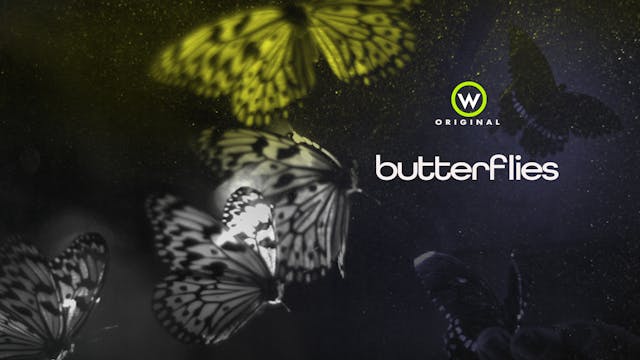Feathers | narrated
Living Beings
•
14m
Ornithologist Richard Prum shares his knowledge of the natural math of feather patterning. Simple feather patterns can be predicted using mathematical models called Turing reaction-diffusion equations. As a feather grows, each new cell must decide whether it will receive pigment or not, depending on overlapping chemical gradients and the pigmentation of neighboring cells. Richard Prum is the William Robertson Coe Professor of ornithology, and head curator of vertebrate zoology at the Peabody Museum of Natural History at Yale University.
Up Next in Living Beings
-
Cyanobacteria
Over a billion years ago, tiny jewel-like cyanobacteria oxygenated earth's atmosphere. These single-cell organisms are the reason we have air to breathe. Cyanobacteria are also believed to be the precursors responsible for photosynthesis and multicellularity as a whole. Cyanobacteria are found in...
-
Endosymbiosis
Encounter hundreds of species of microbe that exist nowhere else on the planet outside of a termite's gut. These microbes enable their termite host to digest the wood it infamously devours. The termite and these microbes share what is called an obligate endosymbiotic relationship. That is, neithe...
-
Butterflies
Float along with colorful butterflies filmed in macro slow-motion. Featuring macro slow-motion video and thermal imaging, this program was made with the participation of the Natural History Museum of Los Angeles, as well as contributions of bio-mimetics footage and thermal imaging animations from...



